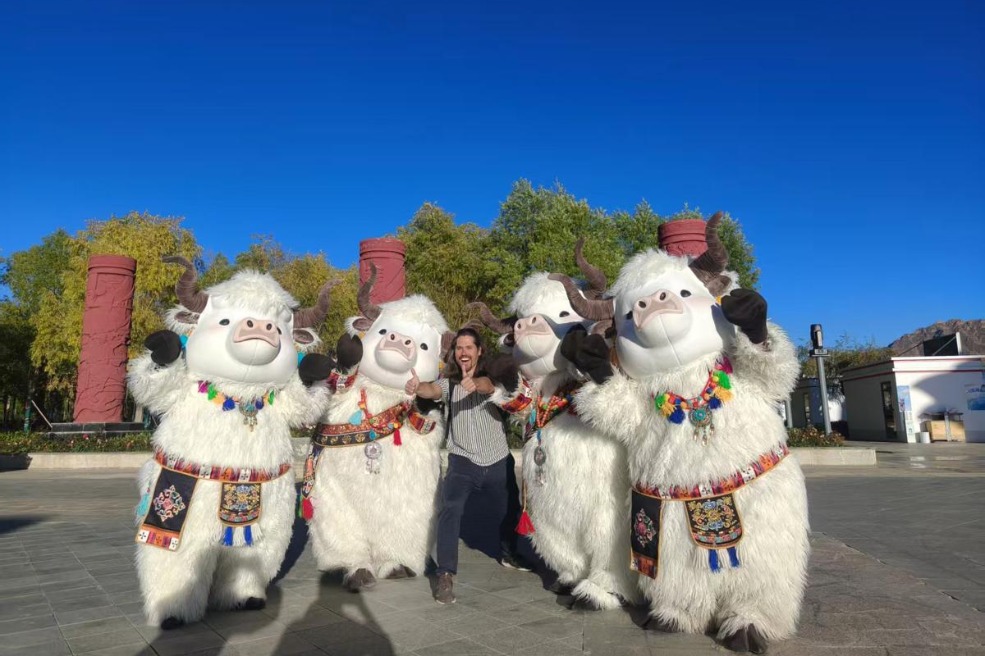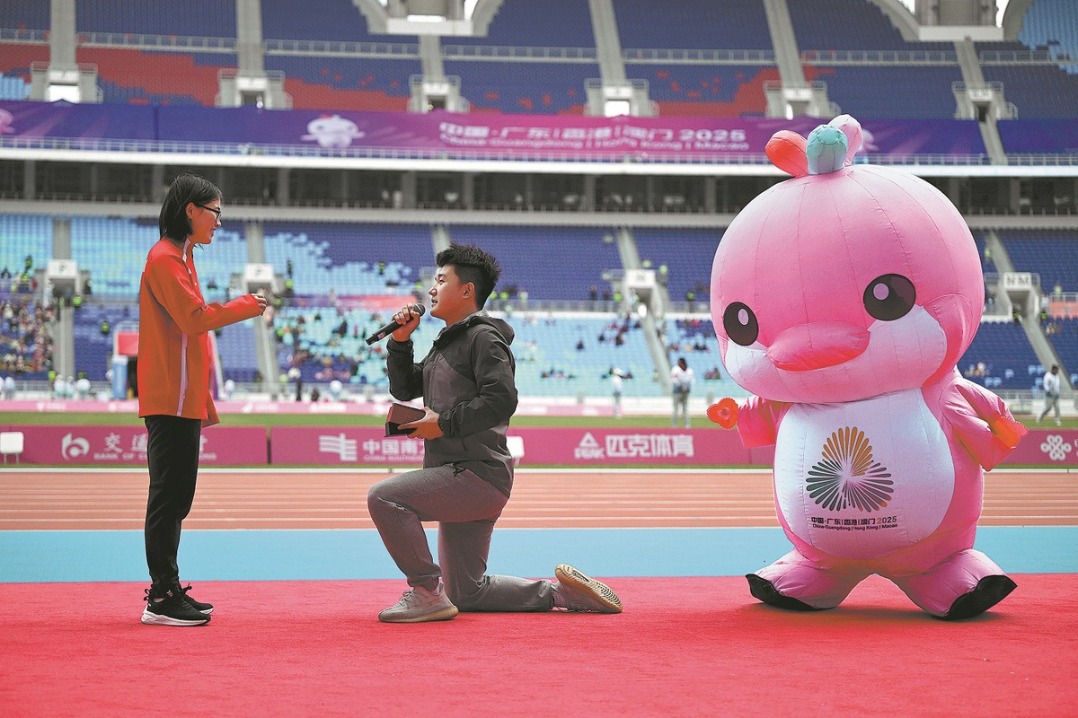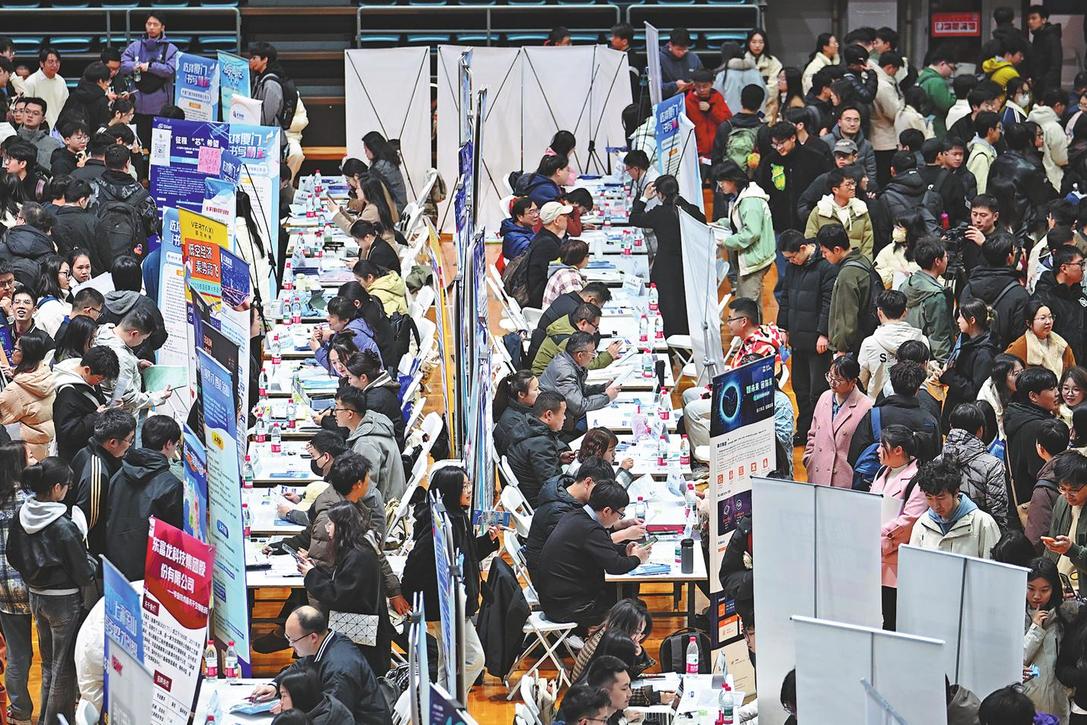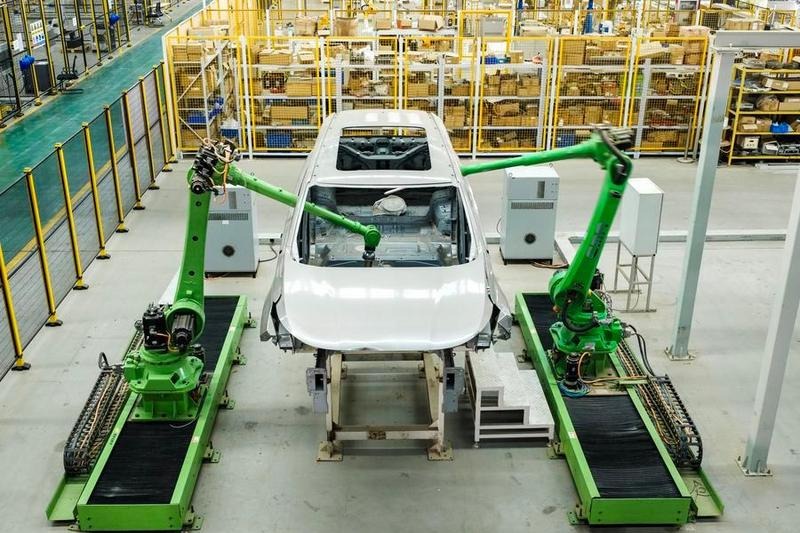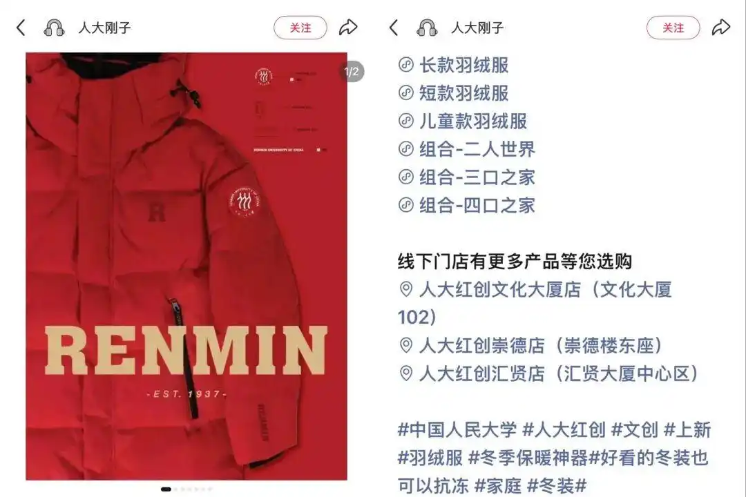Artist's creative journey highlighted

A major exhibition may go some way to highlighting the talent and vision of an extraordinary artist who, for too long, has been in the shadow of other luminaries. Hsiung Ping-ming (1922-2002) was born in Nanjing, Jiangsu province, and lived in France for 55 years until his death. His name deserves to be uttered in the same breath as his peers who were also trained in China and France, such as Wu Guanzhong, Zao Wou-ki, Chu Teh-chun and Sanyu (Chang Yu).
Hsiung, unlike them, was not a career artist, although he exhibited a great deal. He taught Chinese culture, philosophy and calligraphy at the Institute of Oriental Languages and Civilizations of the New Sorbonne University (Paris III), for nearly 30 years until his retirement in 1989.
Despite his teaching commitments, Hsiung never relinquished a chance to draw, paint or sculpt. His artworks display the influence of art movements then prevalent in Europe, such as formalism, cubism and expressionism. They also reveal the scope and depth of the studies he undertook on Chinese literature, philosophy and calligraphy, which added a philosophical hue to his work.
Yang Zhenning, the Nobel Prizewinning theoretical physicist and a friend of Hsiung since childhood, acknowledges Hsiung as "a man of versatility, an artist and also a literati".
Yang says Hsiung's body of work reflects "tenacity and the Chinese spirit of sacrifice".
In remembrance of Hsiung's perseverance in integrating East and West, the National Art Museum of China in Beijing is showing a selection of Hsiung's works in its collection The Journey of Defining Yourself through Jan 14. Several pieces donated by Yang and his wife Weng Fan are also displayed.
Hsiung's paintings, drawings, sculptures and calligraphic works, through which he sought to express his cultural identity at the crossroads of Eastern and Western cultures, helped define the Chinese cultural spirit.
Hsiung's father was Xiong Qinglai, a noted mathematician who studied in France for years. He headed the mathematics department of Tsinghua University in the late 1920s, where he met Yang Wuzhi, also a mathematician and father of Yang Zhenning. The two boys forged a friendship that spanned the decades and continents.
Hsiung's youth epitomizes the experience of his peers at home: Growing up in a time when his motherland was engulfed by poverty, social crisis and invasions. Hsiung chose economics when he enrolled to National Southwestern Associated University in 1939.
But Hsiung soon realized economics was not his cup of tea and transferred to study philosophy in his sophomore year. After graduation he joined the army to fight in the War of Resistance against Japanese Aggression (1931-45), and later became a translator for US military officers.
In 1947, Hsiung passed examinations to study in France on a government scholarship. Wu Guanzhong was another scholarship winner.
After a year of studying aesthetics at the University of Paris' philosophy department, Hsiung again transferred to the Ecole nationale superieure des Beaux-Arts to become Wu's schoolmate. He studied in the studios of several modern sculptors, including Marcel Gimond.
Hsiung also attended La Grande Chaumiere, the art school known for encouraging its students to be free from strict academic rules.
Hsiung's exploration with art advanced shoulder to shoulder with his accumulation of Chinese cultural traditions. He once said,"Philosophy is in the pursuit of the meaning of existence, while making sculptures is to visualize the meaning by creating an image out of it".
Wu Weishan, director of the National Art Museum, says Hsiung's creations show a pursuit of scientific precision and meticulousness that Hsiung learned in Europe.
Wu exchanged correspondence with Hsiung and sculpted his bust when he visited Nanjing in 2002.
"His works also transmit a charisma of tenderness and modesty and the open mind of Chinese scholars he was born with," Wu says.
Hsiung notably depicted and sculpted cows, as they represented the hard work, integrity and unpretentiousness of Chinese culture.
His Kneeling Cow was unveiled in March 2002 at Nanjing University to mark its centennial anniversary. It bears an inscription by Yang Zhenning, which says Hsiung summarized in the sculpture the self-definition of several generations of Chinese intellectuals.
Hsiung himself said of the work that, "a benevolent man sees (in the cow sculpture) an ultimate devotion, a brave man sees an unyielding gesture, and a wise man sees it is ready to kneel down to let the cowboy climb up and together, they march to the soil to be cultivated... It is a cow to represent the spirit of Chinese nation, enduring a heavy load and embarking upon a long journey."
Hsiung died just months later after suffering a stroke.
Wu said of his friend that, "Pingming was always seduced by new territories. He did not look forward to becoming a noted figure in certain areas. Often, he was too committed to venturing into the new territories to find the way back."



Today's Top News
- Xi hears report from Macao SAR chief executive
- Xi hears report from HKSAR chief executive
- UN envoy calls on Japan to retract Taiwan comments
- Innovation to give edge in frontier sectors
- Sanctions on Japan's former senior official announced
- Xi stresses importance of raising minors' moral standards
















